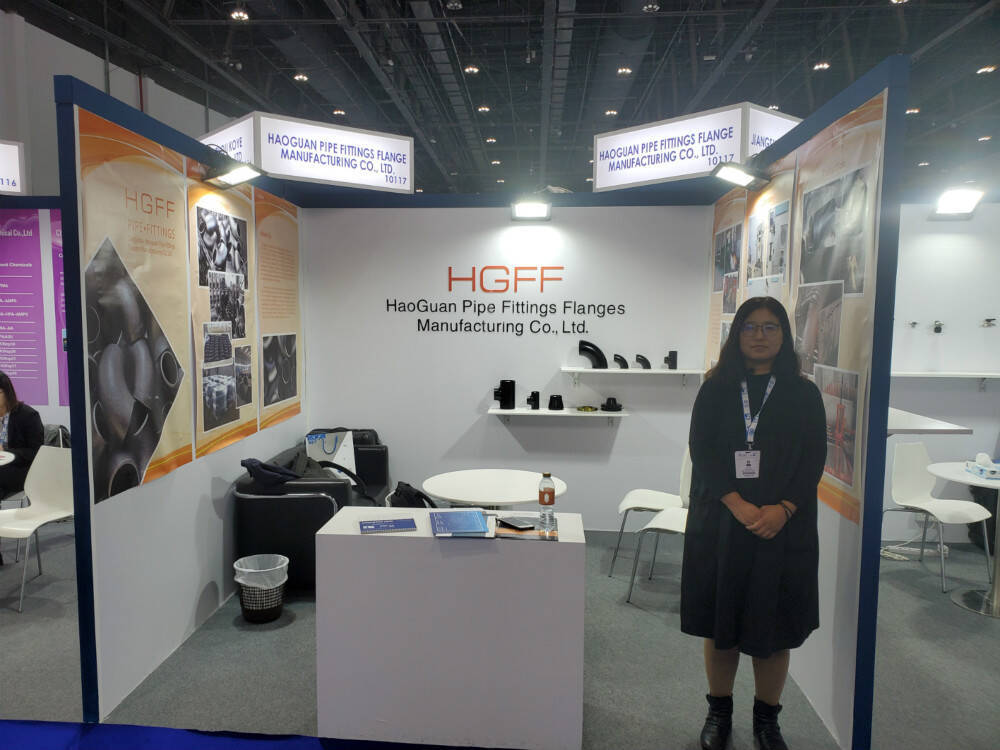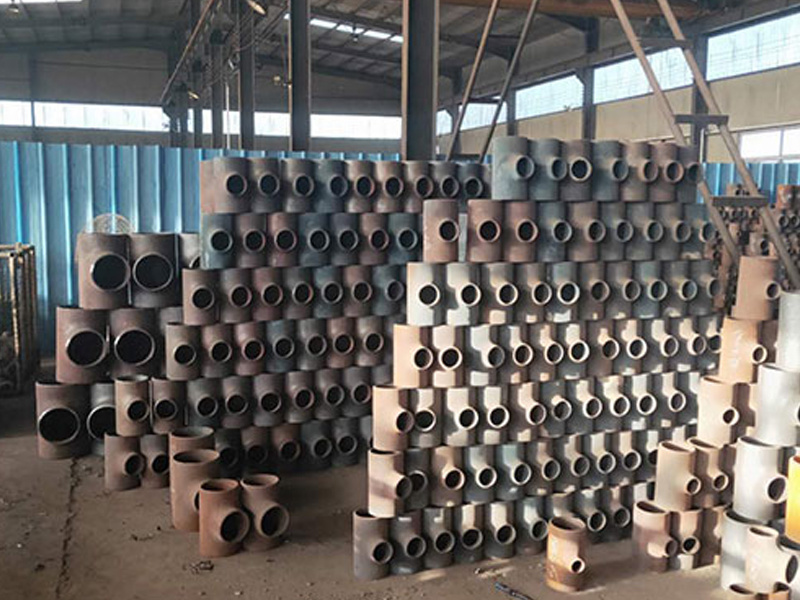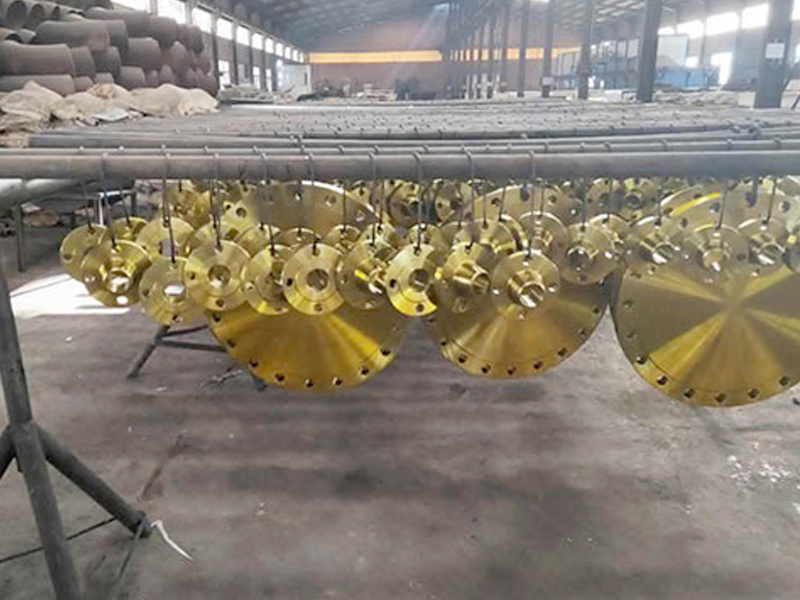Common problems and analysis of elbows
Date:
2024-06-26
Lack of penetration: Lack of penetration refers to a defect in which the welded elbow is not fused locally with the weld metal or between the weld layers. Lack of penetration weakens the working section of the weld, reduces the strength of the joint, and causes severe stress concentration, which often becomes the root cause of weld cracking.
1. Lack of penetration: Lack of penetration refers to a defect in which the welded elbow is not fused locally with the weld metal or between the weld layers. Lack of penetration weakens the working section of the weld, reduces the strength of the joint, and causes severe stress concentration, which often becomes the root cause of weld cracking.
2. Slag inclusion: The presence of non-metallic slag in the weld seam is called slag inclusion. Slag inclusion reduces the working section of the weld seam, causing stress concentration and reducing the strength and impact toughness of the weld seam.
3. Pores: When the weld metal is at high temperature and unable to be discharged during the cooling and solidification of the solution pool, pores are formed inside or on the surface of the weld, which absorb excessive gases (such as H2) or gases generated by metallurgical reactions inside the solution pool (such as CO). The presence of pores reduces the working section of the weld and lowers the mechanical strength of the joint. If there are penetrating or continuous pores present, it will seriously affect the sealing of the welded part.
4. Cracks: During or after welding, they may also occur in the heat affected zone on both sides of the weld seam. Local metal fractures that occur in the welding joint area are called cracks. Cracks may occur on the weld seam, sometimes on the surface of the metal and sometimes inside the metal.
Related Posts
November 11Th-14Th ADIPEC Dubai Exhibiton



